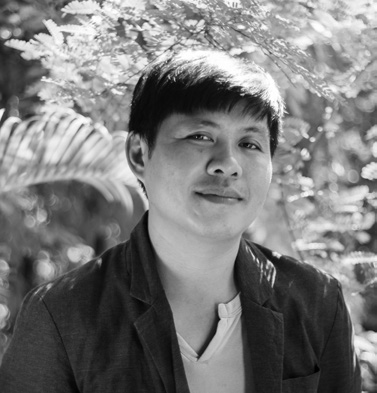For a city to flourish, its buildings and facilities need to look good but they also need to withstand all sorts of weather conditions over extented periods. Have you ever wanted to build something that will last a lifetime?
Civil Engineers create and transform the urban environment we live in by designing, implementing, improving and protecting the facilities around us. They oversee structures such as roads, highways, bridges, railways, airports, dams, water plants, power plants, sewage systems and harbours. One of their primary objectives is to build a structure or facility that can last for generations, only requiring maintenance to keep it in shape. There are two types of Civil Engineers: contracting and consulting. The first advises and designs projects, while the second implements the designs and oversees maintenance work.

DID YOU KNOW?
- The Great Pyramid of Giza (Egypt) is one of the earliest examples of civil
engineering. - Civil Engineers frequently work on complex projects, which involve
technical, economic, social and environmental factors.

Associate Civil Engineer
ASMA Architects
I began working as an independent engineer while I was still a student at the Institute of Technology of Cambodia (ITC) School of Engineering. I started out working on short projects for various companies, mainly on houses and restaurants. In 2013, I began working as a Structural Engineer and then moved up to my current position of Associate Civil Engineer at ASMA Architects.
When I graduated high-school at the age of 18, I was not sure what I wanted to do, but I knew what subjects I liked: mathematics, physics and chemistry. At the time, ITC was the only university to offer courses in these subjects, so I decided to just carry on studying subjects that I enjoyed, and that is how I landed on my current career path.
ASMA Architects gives me the opportunity to work with both Engineers and Architects to find ways to implement and support new and creative designs we come up with. Creating new ideas and new designs from one project to another requires great communication and cooperation. My work allows me to dream up solutions to problems that architects may have been facing for a long time.
As an Associate Civil Engineer, my tasks vary day-to-day, depending on the projects. I spend time reviewing structural drawings and calculations; I supervise sites and help solve day-to-day structural problems; I assist daily meetings on-site and client meetings at the office. When it comes to structural problems, I always go back to the basics and search through the structural calculations to see if we missed something.
You cannot progress if you only work for money. Learning is a key process in moving forward in life. I believe in spending time on research and going back to school. For example, I completed a one-year Master’s degree in France, taking a break from work to upgrade my knowledge. Also, working with professional Engineers from around the world, we must be ready to form and exchange ideas and concepts, even if we have different standards.
Most employers will look for someone with an academic background in engineering, someone with an open mind and the willingness to travel (different worksites in different provinces). As a Civil Engineer, you also have a degree of creativity – it is not just the Architects designing new things.





